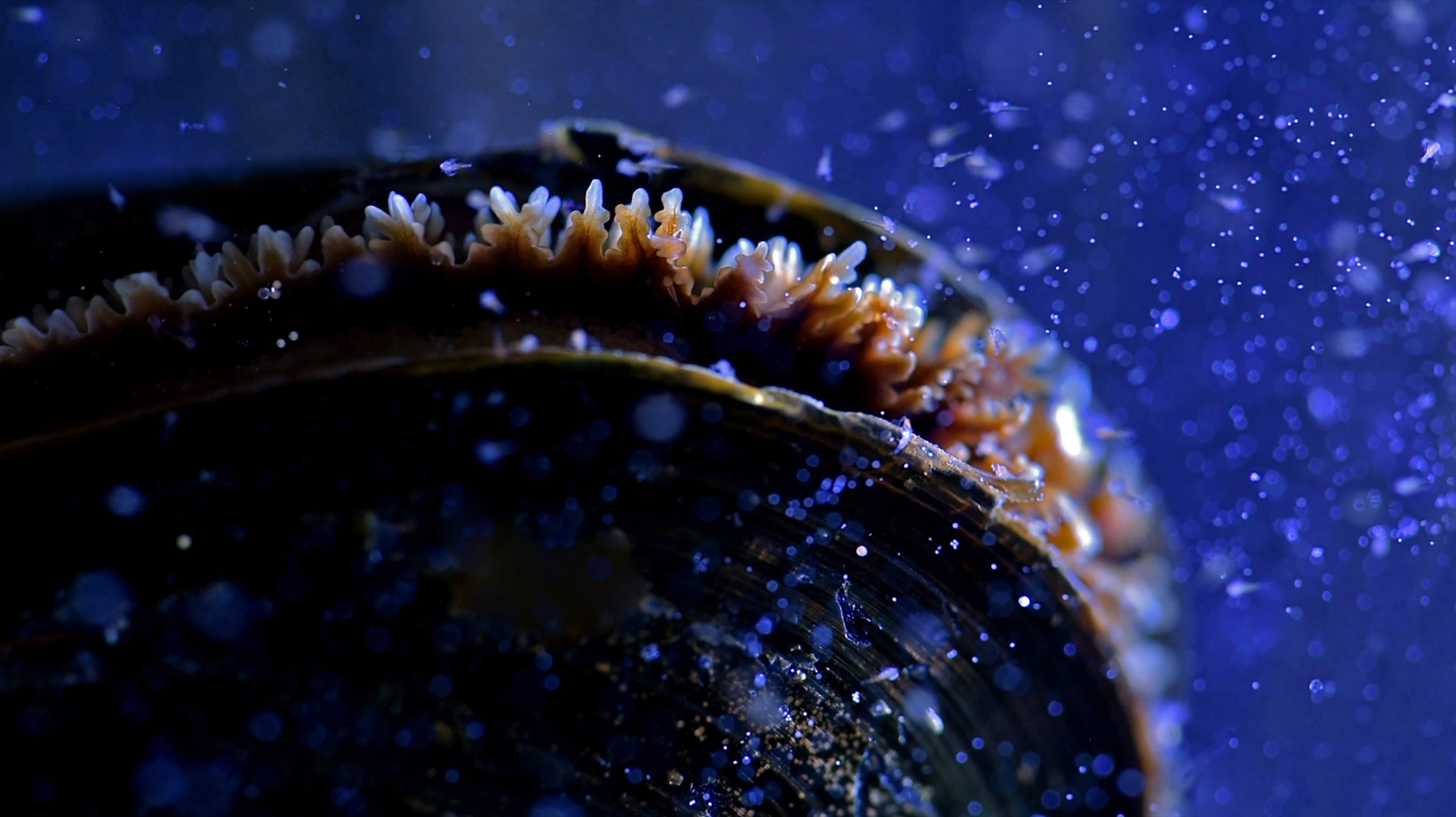Blank correction of data
Data are blank-corrected, meaning that any individual contaminant levels measured in the laboratory ‘blank’ sample (which theoretically should not contain contaminants) have been subtracted from the concentration measured in each sample. When the concentration measured in the blank is equal to or greater than the sample concentration, the sample concentration is reported as ‘0’.
Contaminants Page
Contaminant concentration totals
Within all major contaminant classes (e.g., polychlorinated biphenyls [PCBs], polycyclic aromatic hydrocarbons [PAHs], polybrominated diphenylethers [PBDEs], metals, pesticides), multiple individual contaminants were analyzed by the laboratories. For ease of presentation, we provide contaminant totals where possible (e.g., total PCBs is the sum of all individual PCBs measured). This approach is typically used for groups of contaminants that are structurally similar, such as PCBs and PAHs. However, legacy pesticides, current use pesticides (CUPs), and pharmaceuticals and personal care products (PPCPs) are also presented as totals in the bar graphs to provide an indication of overall levels. A further breakdown of individual pesticides and PPCPs detected is provided for each bar. We selected three metals of particular concern in the marine environment for presentation (cadmium, lead, and mercury), but other metals were also analyzed.
Phase 3 contaminant levels have been compared to Phase 2 levels for information purposes (shown as arrows in the Phase 3 graph pop-up windows). Comparisons are only shown if a sample was analyzed for a contaminant in Phase 1, 2 and 3. It is important to note that there are many potential sources of variability associated with these samples, and differences in levels between two time points cannot be attributed to absolute increases or decreases. Collection and measurement of samples over a longer period is necessary to make inferences about trends.
For perfluorinated compounds (PFCs), PPCPs and current use pesticides (CUPs), more compounds were analyzed in some phases versus others. Therefore, total concentrations of these contaminants cannot always be compared between phases for all samples.
Comparison of Contaminant Levels to Regulatory Guidelines
Where available, Federal (Canadian) and Provincial (British Columbia) sediment and tissue quality guidelines protective of marine organisms are indicated on the bar graphs for each contaminant group. The lower ‘Sediment Quality Guideline’ is the concentration below which adverse biological effects are expected to occur rarely. The higher ‘Probable Effects Level’ is the concentration above which adverse biological effects are expected to occur frequently. British Columbia (BC) Working Sediment Quality Guidelines are equivalent to Canadian guidelines for the contaminants shown. It is important to note that sediment quality guidelines are meant to be protective of the whole marine ecosystem, but as these guidelines are largely based on toxicity endpoints for invertebrates, they are not necessarily relevant to higher trophic level organisms (e.g., marine mammals). BC Working Sediment Quality Guidelines protective of killer whales have now been developed for PCBs (0.0037 µg/kg) and PBDEs (1 µg/kg), but these guidelines are not shown on the bar graphs due to scale.
Comparisons have not been made to human health guidelines for the consumption of shellfish. Pollution Tracker provides insight into levels of contaminants in traditional seafoods but does not determine specific risks to human health. The BC Ministry of Environment and Climate Change Strategy (BC MoECCS) has recently developed tissue screening values for fish and shellfish protective of human health for several contaminants of concern, specific to Burrard Inlet in the Metro Vancouver area. The Tsleil-Waututh Nation and BC MoECCS are collaboratively updating water quality objectives for Burrard Inlet. Tissue screening values represent a suggested safe level of contaminants in fish tissue. Exceedance of screening levels may indicate that further investigation to assess human health risk is warranted but does not imply risk to human health (BI screening values).

